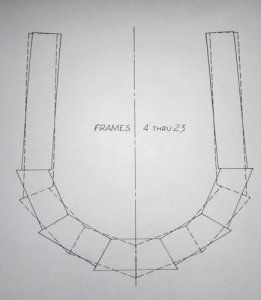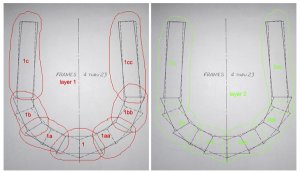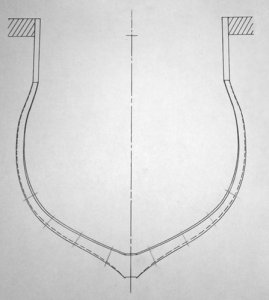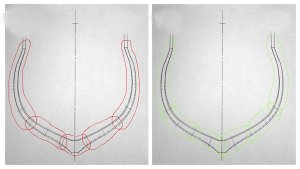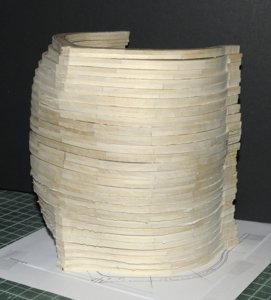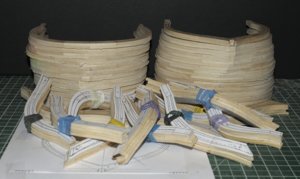- Joined
- Feb 18, 2019
- Messages
- 712
- Points
- 353

Hello,
Very soon, I will be embarking in the construction of a planked on frame model ship, hull design based on the Oliver Cromwell – the 1777 Philadelphia Privateer following the set of plans by Harold Hahn.
By the term “based on”, I mean to say that the ship itself will have most of the framing built as per the plan. I understand that this may sound weird to most, but I would like to include my personal touch in the decor, and a few other elements (just personal taste) so I plan of altering the visual aspect by adapting my own vision of this type of ship: I already have some ideas which I think will work well, while keeping the decor quite simple, as after all, this is a small, simple ship.
This said and because of these alterations, the ship will not be presented as the Oliver Cromwell but will remain unnamed.
Now, the model will be built at the scale of1/72 (scale was changed to 1:48 or 1/4 inch). Hull only – Traditional dockyard style: the hull will be un-planked with framing visible on both sides from slightly below the wale (3 planks below) so the upper works will be completely finished.
The model will be built up right and birch will be the only wood used. I will not be using the Hahn method to build frames: but the more traditional way.
I do not own much in the fancy power tools department, so this build will be done in a more traditional, less sophisticated way: no milling machine here.
I hope some of you will find this build interesting.
Thank you.
G.
Very soon, I will be embarking in the construction of a planked on frame model ship, hull design based on the Oliver Cromwell – the 1777 Philadelphia Privateer following the set of plans by Harold Hahn.
By the term “based on”, I mean to say that the ship itself will have most of the framing built as per the plan. I understand that this may sound weird to most, but I would like to include my personal touch in the decor, and a few other elements (just personal taste) so I plan of altering the visual aspect by adapting my own vision of this type of ship: I already have some ideas which I think will work well, while keeping the decor quite simple, as after all, this is a small, simple ship.
This said and because of these alterations, the ship will not be presented as the Oliver Cromwell but will remain unnamed.
Now, the model will be built at the scale of
The model will be built up right and birch will be the only wood used. I will not be using the Hahn method to build frames: but the more traditional way.
I do not own much in the fancy power tools department, so this build will be done in a more traditional, less sophisticated way: no milling machine here.
I hope some of you will find this build interesting.
Thank you.
G.
Last edited:




